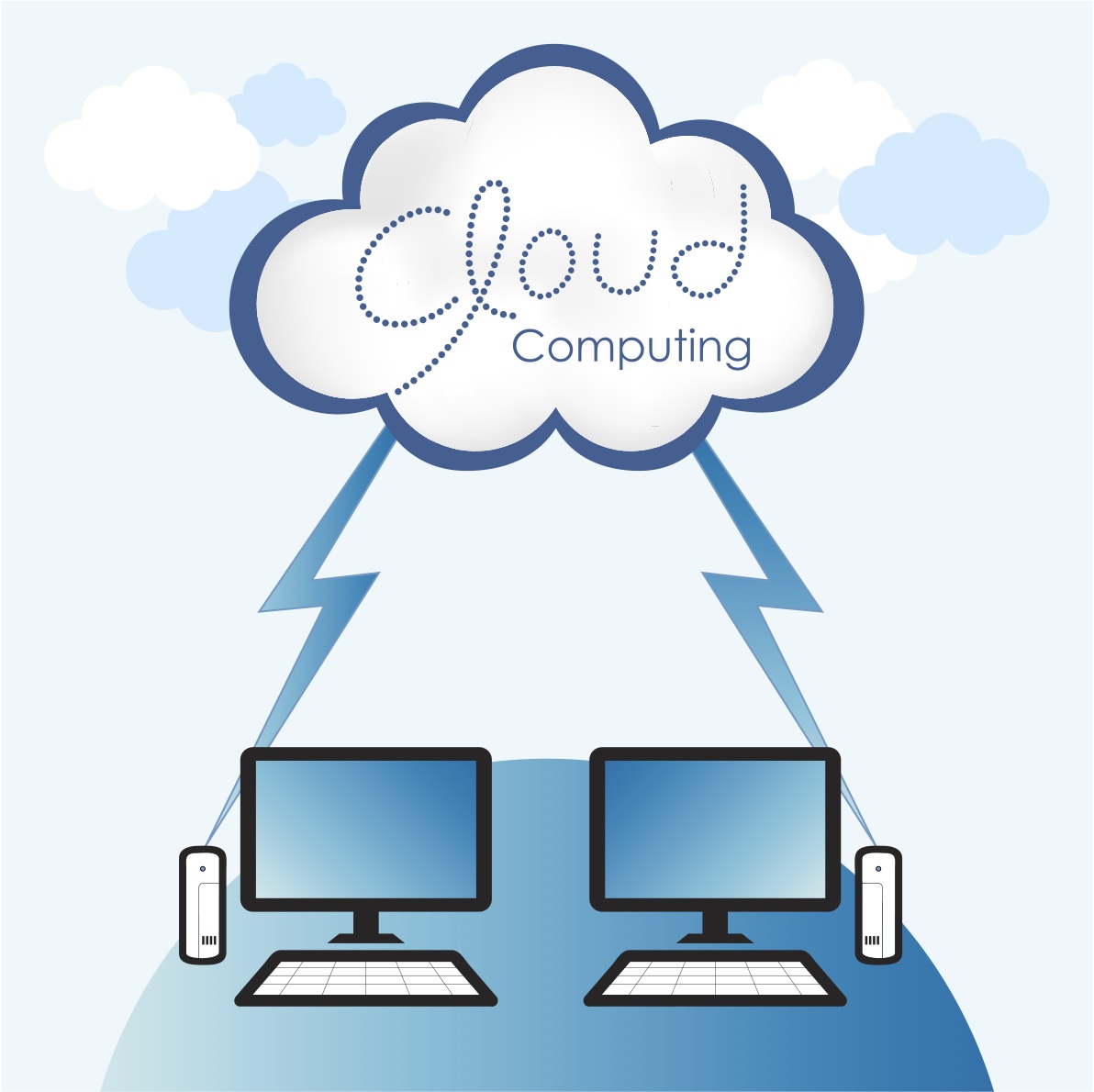Gartner says that by 2012, 65% of support conversations will happen in the cloud and by 2013 at least 75% of customer service centers will use some SaaS application. What does this mean to you? When should you consider moving to SaaS solutions?
I run a line of business focused on the contact center for Astadia, a consulting company that delivers “Cloud” or Software-As-A-Service (SaaS) solutions. When I talk to our clients and prospects I find there are a few natural times or inflection points when you should consider cloud computing for the contact center. Also realize that Cloud solutions are typically implemented incrementally and are designed to interwork with your existing technology and telephony. Here are six instances when you should consider cloud computing for your contact center.
1. You face a technology refresh cycle
Many of the technologies you are using in the contact center are getting old and aren’t keeping up with the pace of innovation you need in your business. In addition, you may be faced with costly software release upgrades and the need for more hardware to keep pace with the software upgrade. This is a perfect time to consider the move to cloud computing to take advantage of ease of customization and configuration. Often changes can be made by line of business owners instead of the IT organization. You also get the advantage of lower total cost of ownership, even and predictable cost flow, and retention of capital (operating expense versus capital expense). Total cost of ownership is lower since you don’t need in-house hardware (associated power and real estate) or the staff to support the hardware and software infrastructure.
2. You need additional capacity
As your business grows you’ll face a point where you need additional capacity. You can increase your capacity quickly without the trauma of buying, setting up and configuring specialized hardware/software for your ACD, IVR, call recording and CRM tools. The additional cloud based solutions can augment and interwork with your current solutions to leverage your existing infrastructure.
3. You need to handle short term demand and be prepared for disaster recovery
One of the downfalls of premised-based systems is that you have to engineer them to handle maximum busy hour capacity. In the case of disaster recovery, you may require double the needed capacity. This means you are spending money to buy capacity that you’ll use a small percentage of the time. Cloud solutions use a large shared infrastructure (multi-tenant) so your additional capacity is only a small incremental addition to the cloud provider’s capacity. This enables you to rapidly add dynamic capacity and often pay only for what you use. The cloud solution providers also handle the redundancy, geographic diversity and backup needs so you don’t have to worry about them.
4. You want to leverage the power of social media
People often go to Google as their first stop to resolve a problem or find the answer to a question. If you do a search for any product or service issue you’ll likely find that 50% or more of the results are user generated content in blogs, on FaceBook, You Tube and Twitter. You can leverage this content for your agents and also post solutions so that content from you organization shows up in search results. Your network of customers will often go to work for you, for free! Every product or service has a following of enthusiasts that if coddled correctly (usually by ranking and giving them first access to new information) will solve problems for you and advocate your product or service. Cloud based solutions are available that integrate your CRM tools with social media and provide reputation and ranking capabilities.
5. You want to implement a home agent program
Home agent programs are proving that you can have high quality workers, maintain your wage rates and lower your attrition. Cloud based solutions especially virtual ACD, and CRM make deploying home agents easy. Call recording and quality surveys make it simple to measure and coach your agents just like they were in your contact center. In addition, eRecruiting and eTraining are made easy with the robust cloud based solutions available.
6. You need to overcome functionality limitations
Many legacy on-premise systems were developed 10 to 15 years ago and were not designed to be easily adapted and extended to handle the demands of today’s multi-channel support environment, including web self service and social media integration. Since you are touching code that few are familiar with, adapting these systems requires a substantial investment in IT resources and time — rather than coding. They are designed to be open via published API and interwork and integrate with legacy systems. Often it makes sense to implement cloud based solutions for new functionality and interwork with legacy systems for data synchronization or one time data migration.
Ron Goldman leads the Service Cloud line of business for Astadia (www.astadia.com) and is an evangelist on Cloud Computing for the contact center. Astadia helps tech support, customer service, marketing and telesales organizations improve the customer experience, build loyalty and improve financial performance. He can be reached at rgoldman@astadia.com.




